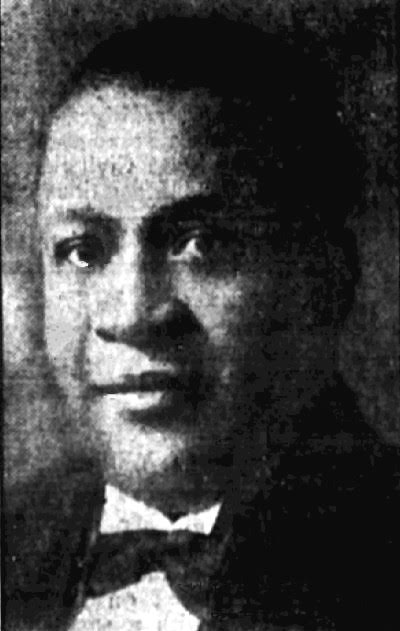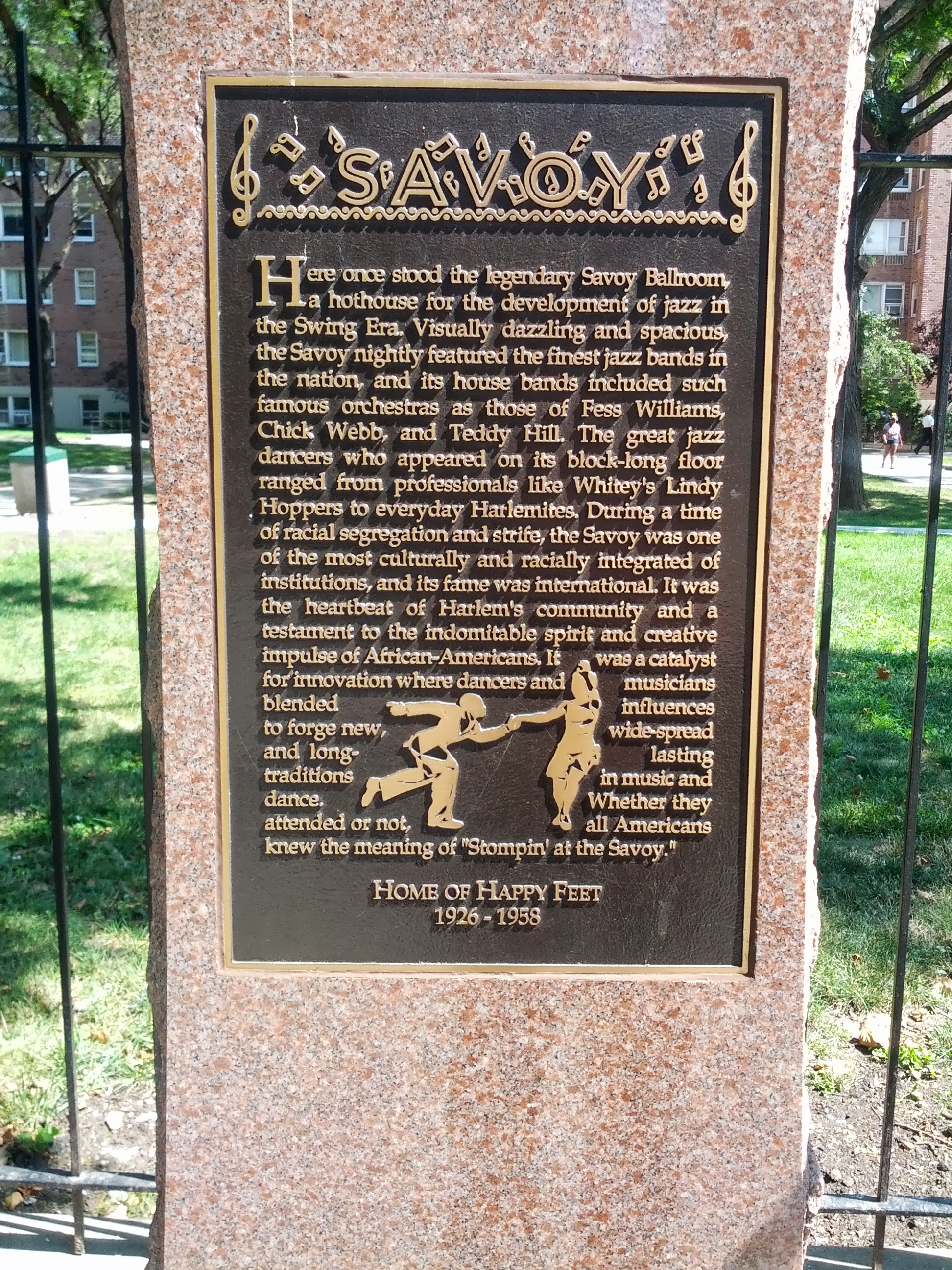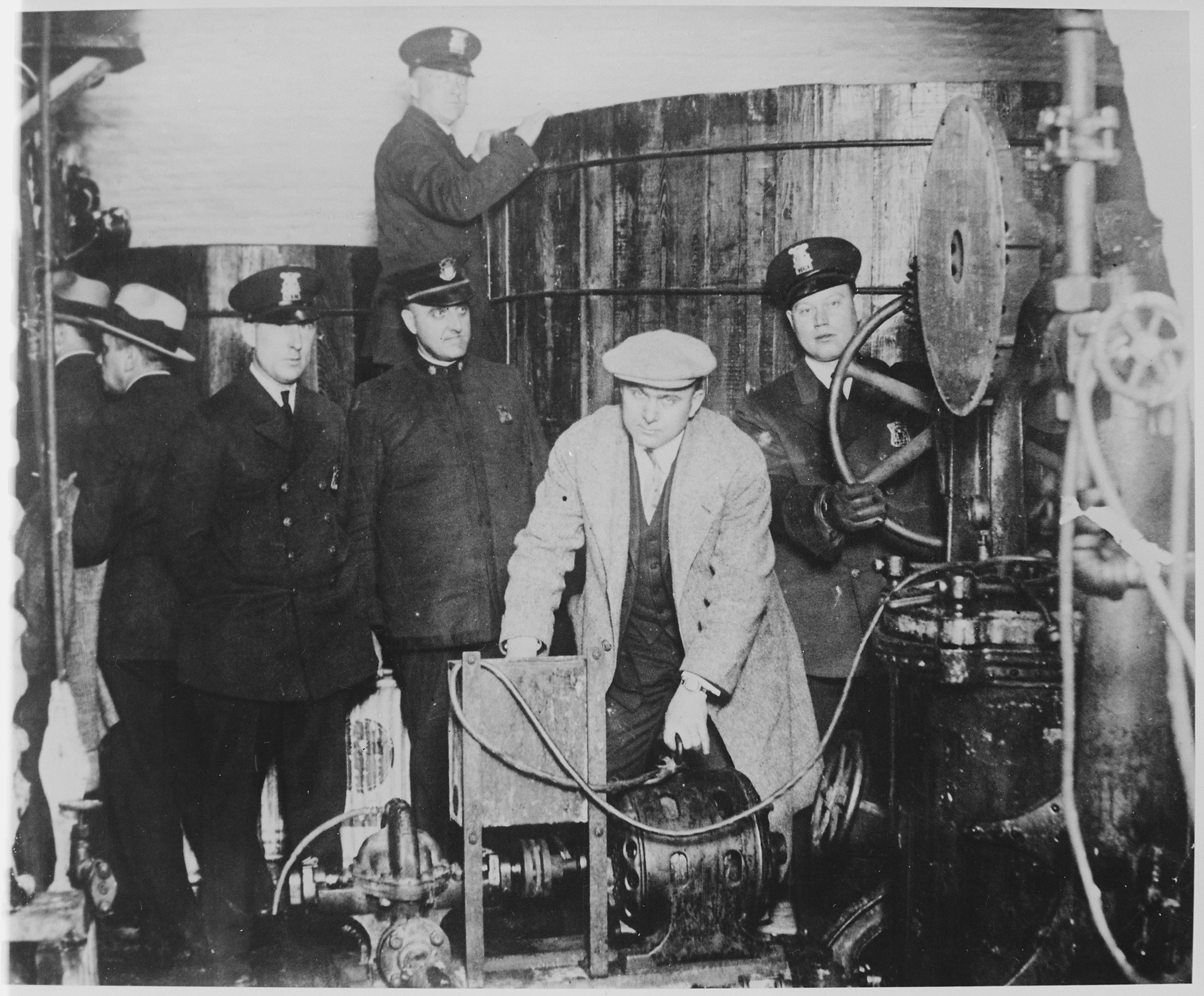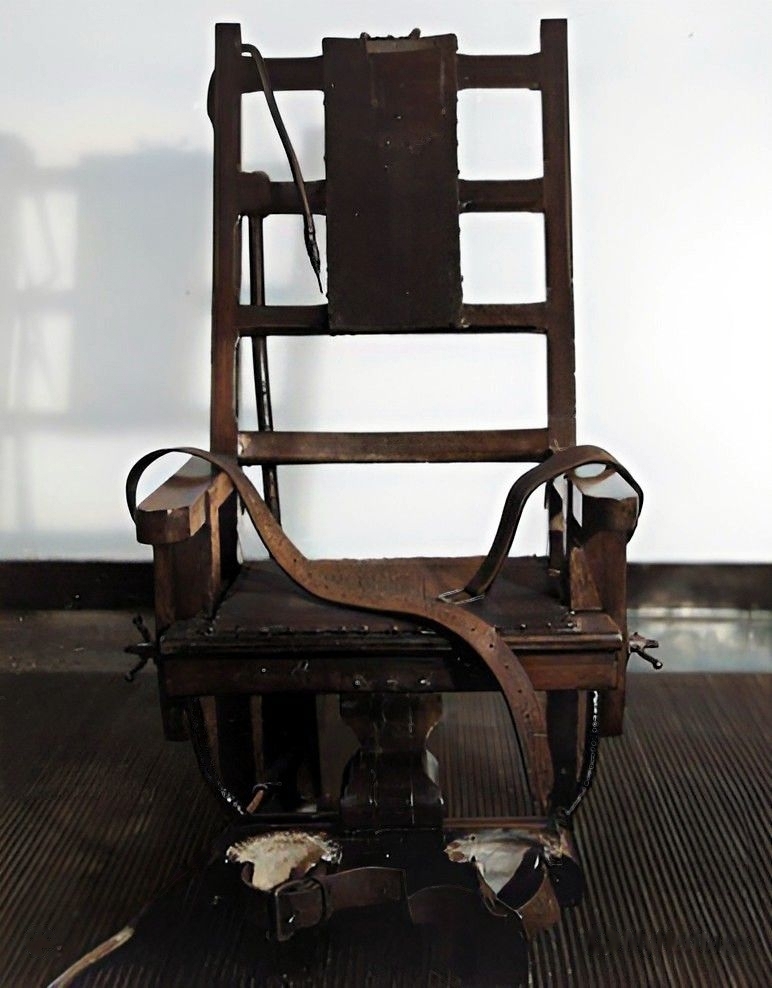|
Cotton Club Boys (chorus Line)
The Cotton Club Boys were African American chorus line entertainers who, from 1934, performed class act dance routines in musical revues produced by the Cotton Club until 1940, when the club closed, then as part of Cab Calloway's revue on tour through 1942. They debuted in the 24th edition of the "Cotton Club Parade" in spring 1934, a period at the beginning of the swing era, the post-Harlem Renaissance, a year after Prohibition, and the trough of the Great Depression. The chorus line's name often included a prefix reflecting the number of entertainers, such as "The Six Cotton Club Boys", "The 12 Cotton Club Boys", etc. History Some Cotton Club Boys alumni went on to become major influences in American arts and culture. Cholly Atkins, for example, contributed to Motown, musical theatre, and film. While the Cotton Club Boys were African-American, the Cotton Club maintained a whites-only policy for customers. The original Cotton Club, Harlem (1923–1936) The Cotton Club fi ... [...More Info...] [...Related Items...] OR: [Wikipedia] [Google] [Baidu] |
African American
African Americans, also known as Black Americans and formerly also called Afro-Americans, are an Race and ethnicity in the United States, American racial and ethnic group that consists of Americans who have total or partial ancestry from any of the Black people, Black racial groups of Africa. African Americans constitute the second largest ethno-racial group in the U.S. after White Americans. The term "African American" generally denotes descendants of Slavery in the United States, Africans enslaved in the United States. In 2023, an estimated 48.3 million people self-identified as Black, making up 14.4% of the country’s population. This marks a 33% increase since 2000, when there were 36.2 million Black people living in the U.S. African-American history began in the 16th century, with Africans being sold to Atlantic slave trade, European slave traders and Middle Passage, transported across the Atlantic to Slavery in the colonial history of the United States, the Western He ... [...More Info...] [...Related Items...] OR: [Wikipedia] [Google] [Baidu] |
Sugar Hill, Manhattan
Sugar Hill is a National Historic District in the Harlem and Hamilton Heights neighborhoods of Manhattan, New York City, bounded by West 155th Street to the north, West 145th Street to the south, Edgecombe Avenue to the east, and Amsterdam Avenue to the west. The equivalent New York City Historic Districts are: *Hamilton Heights/Sugar Hill Historic District and Extension: roughly West 145th to West 150th Street, Edgecombe Avenue to between Convent and Amsterdam Avenues *Hamilton Heights/Sugar Hill Northeast Historic District: roughly West 151st to West 155th Street, west of St. Nicholas Avenue to between Convent and Amsterdam Avenues *Hamilton Heights/Sugar Hill Northwest Historic District: roughly West 151st to West 155th Street, east of St. Nicholas Avenue to Edgecombe Avenue The Federal district was listed on the National Register of Historic Places in 2002. The Federal district has 414 contributing buildings, two contributing sites, three contributing structures, and ... [...More Info...] [...Related Items...] OR: [Wikipedia] [Google] [Baidu] |
Harlem
Harlem is a neighborhood in Upper Manhattan, New York City. It is bounded roughly by the Hudson River on the west; the Harlem River and 155th Street on the north; Fifth Avenue on the east; and Central Park North on the south. The greater Harlem area encompasses several other neighborhoods and extends west and north to 155th Street, east to the East River, and south to Martin Luther King Jr. Boulevard, Central Park, and East 96th Street. Originally a Dutch village, formally organized in 1658, it is named after the city of Haarlem in the Netherlands. Harlem's history has been defined by a series of economic boom-and-bust cycles, with significant population shifts accompanying each cycle. Harlem was predominantly occupied by Jewish and Italian Americans in the late 19th century, while African-American residents began to arrive in large numbers during the Great Migration in the early 20th century. In the 1920s and 1930s, Central and West Harlem were the center of the ... [...More Info...] [...Related Items...] OR: [Wikipedia] [Google] [Baidu] |
Harlem Riot Of 1935
The Harlem riot of 1935 took place on March 19, 1935, in New York City, New York, in the United States. It has been described as the first "modern" race riot in Harlem, because it was committed primarily against property rather than persons. Harlem is a northern neighborhood on Manhattan Island in New York City whose population at the time was predominantly African American. The rioting was sparked by rumors that a black Puerto Rican teenage shoplifter was beaten by employees at an S. H. Kress "five and dime" store. That evening a demonstration was held outside the store and, after someone threw a rock through the window, more general destruction of the store and other white-owned properties ensued. Three people died, hundreds were wounded, and an estimated $2 million in damage was caused to properties throughout the district. African American-owned homes and businesses were spared the worst of the destruction. Background During the Great Depression, minorities in Harlem a ... [...More Info...] [...Related Items...] OR: [Wikipedia] [Google] [Baidu] |
Seventh Avenue (Manhattan)
Seventh Avenue—co-named Fashion Avenue in the Garment District, Manhattan, Garment District and known as Adam Clayton Powell Jr. Boulevard north of Central Park—is a thoroughfare on the West Side of the borough (New York City), borough of Manhattan in New York City. It is southbound below the park and a two-way street north of it. Seventh Avenue originates in the West Village, Manhattan, West Village at Clarkson Street, where Varick Street becomes Seventh Avenue South (which becomes Seventh Avenue proper after the road crosses Greenwich Avenue and 11th Street (Manhattan), West 11th Street). It is interrupted by Central Park from 59th Street (Manhattan), 59th to 110th Street (Manhattan), 110th Street. Artisans' Gate is the 59th Street exit from Central Park to Seventh Avenue. North of Warriors' Gate at the north end of the Park, the avenue carries traffic in both directions through Harlem, where it is called Adam Clayton Powell Jr. Boulevard. Addresses continue as if the ... [...More Info...] [...Related Items...] OR: [Wikipedia] [Google] [Baidu] |
Smalls Paradise
Smalls Paradise (often called Small's Paradise and Smalls' Paradise), was a nightclub in the Harlem neighborhood of Manhattan in New York City. Located in the basement of 2294 Adam Clayton Powell Jr. Boulevard at 134th Street, it opened in 1925 and was owned by Ed Smalls ''(né'' Edwin Alexander Smalls; 1882–1976). At the time of the Harlem Renaissance, Smalls Paradise was the only one of the well-known Harlem night clubs to be owned by an African-American and integrated. Other major Harlem night clubs admitted only white patrons unless the person was an African-American celebrity. The entertainment at Smalls Paradise was not limited to the stage; waiters danced the Charleston or roller-skated as they delivered orders to customers. Waiters were also known to vocalize during the club's floor shows. Unlike most of the Harlem clubs which closed between 3 and 4am, Smalls was open all night, offering a breakfast dance which featured a full floor show beginning at 6am. After 23 ... [...More Info...] [...Related Items...] OR: [Wikipedia] [Google] [Baidu] |
Savoy Ballroom
The Savoy Ballroom was a large ballroom for music and public dancing located at 596 Lenox Avenue, between 140th and 141st Streets in the Harlem neighborhood of Manhattan, New York City. Lenox Avenue was the main thoroughfare through upper Harlem. Poet Langston Hughes calls it the "Heartbeat of Harlem" in Juke Box Love Song, and he set his work "Lenox Avenue: Midnight" on the legendary street. The Savoy was one of many Harlem hot spots along Lenox, but it was the one to be called the "World's Finest Ballroom". It was in operation from March 12, 1926, to July 10, 1958, and as Barbara Englebrecht writes in her article "Swinging at the Savoy", it was "a building, a geographic place, a ballroom, and the 'soul' of a neighborhood"."Swinging at the Savoy" by Barbara Engelbrecht, ''Dance Research Journal Vol 15 No. 2 Popular Dance in Black America, Spring 1983'' It was opened and owned by white entrepreneur Jay Faggen and Jewish businessman Moe Gale. It was managed by African-American bus ... [...More Info...] [...Related Items...] OR: [Wikipedia] [Google] [Baidu] |
Shuffle Along
''Shuffle Along'' is a musical composed by Eubie Blake, with lyrics by Noble Sissle and a book written by the comedy duo Flournoy Miller and Aubrey Lyles. One of the most notable all-Black hit Broadway shows, it was a landmark in African-American musical theater, credited with inspiring the Harlem Renaissance of the 1920s and '30s. The show premiered at the 63rd Street Music Hall in 1921, running for 504 performances, a remarkably successful span for that decade. It launched the careers of Josephine Baker, Adelaide Hall, Florence Mills, Fredi Washington and Paul Robeson, and was so popular it caused "curtain time traffic jams" on West 63rd Street.Kenrick, John"History of The Musical Stage, 1920s Part III: Black Musicals", musicals101.com. Retrieved August 22, 2009. A 2016 adaptation, '' Shuffle Along, or, the Making of the Musical Sensation of 1921 and All That Followed'', focused on the challenges of mounting the original production as well as its lasting effects on Br ... [...More Info...] [...Related Items...] OR: [Wikipedia] [Google] [Baidu] |
Prohibition In The United States
The Prohibition era was the period from 1920 to 1933 when the United States prohibited the production, importation, transportation, and sale of alcoholic beverages. The alcohol industry was curtailed by a succession of state legislatures, and Prohibition was formally introduced nationwide under the Eighteenth Amendment to the United States Constitution, ratified on January 16, 1919. Prohibition ended with the ratification of the Twenty-first Amendment to the United States Constitution, Twenty-first Amendment, which repealed the Eighteenth Amendment on December 5, 1933. Led by Pietism, Pietistic Protestantism in the United States, Protestants, prohibitionists first attempted to end the trade in alcoholic drinks during the 19th century. They aimed to heal what they saw as an ill society beset by alcohol-related problems such as alcoholism, domestic violence, and Saloon bar, saloon-based political corruption. Many communities introduced alcohol bans in the late 19th and early 20 ... [...More Info...] [...Related Items...] OR: [Wikipedia] [Google] [Baidu] |
Sing Sing
Sing Sing Correctional Facility is a maximum-security prison for men operated by the New York State Department of Corrections and Community Supervision in the village of Ossining (village), New York, Ossining, New York, United States. It is about north of Midtown Manhattan on the east bank of the Hudson River. It holds about 1,700 Prisoner, inmates as of 2007, and housed the Execution chamber#Locations, execution chamber for the State of New York for a period, with the final execution there occurring in 1963; instead Green Haven Correctional Facility had the execution chamber by the late 20th Century, before the total abolition of Capital punishment in New York (state), capital punishment in New York in 2007. The name "Sing Sing" derives from the Sintsink Native American tribe from whom the New York colony purchased the land in 1685, and was formerly the name of the village. In 1970, the prison's name was changed to Ossining Correctional Facility, but it reverted to its original ... [...More Info...] [...Related Items...] OR: [Wikipedia] [Google] [Baidu] |
Gangster
A gangster (informally gangsta) is a criminal who is a member of a gang. Most gangs are considered to be part of organized crime. Gangsters are also called mobsters, a term derived from ''Organized crime, mob'' and the suffix ''wikt:-ster, -ster''. Gangs provide a level of organization and resources that support much larger and more organized crime, complex criminal transactions than an individual criminal could achieve. Gangsters have been active for many years in countries around the world. Gangsters are the subject of many novels, films, television series, and video games. Usage In modern usage, the term "gang" is generally used for a criminal organization and the term "gangster" invariably describes a criminal. Much has been written on the subject of gangs, although there is no clear consensus about what constitutes a gang or what situations lead to gang formation and evolution. There is agreement that the members of a gang have a sense of common identity and belonging and ... [...More Info...] [...Related Items...] OR: [Wikipedia] [Google] [Baidu] |
Rum-runner
Rum-running, or bootlegging, is the illegal business of smuggling alcoholic beverages where such transportation is forbidden by law. The term ''rum-running'' is more commonly applied to smuggling over water; ''bootlegging'' is applied to smuggling over land. Smuggling circumvents alcohol taxes and outright prohibition of alcohol sales. Alcohol smuggling today In the United States, the smuggling of alcohol did not end with the repeal of prohibition. In the Appalachian United States, for example, the demand for moonshine was at an all-time high in the 1920s, but an era of rampant bootlegging in dry areas continued into the 1970s. Although the well-known bootleggers of the day may no longer be in business, bootlegging still exists, even if on a smaller scale. The state of Virginia has reported that it loses up to $20 million a year from illegal whiskey smuggling. The Government of the United Kingdom fails to collect an estimated £900 million in taxes due to alcohol smuggling ac ... [...More Info...] [...Related Items...] OR: [Wikipedia] [Google] [Baidu] |






